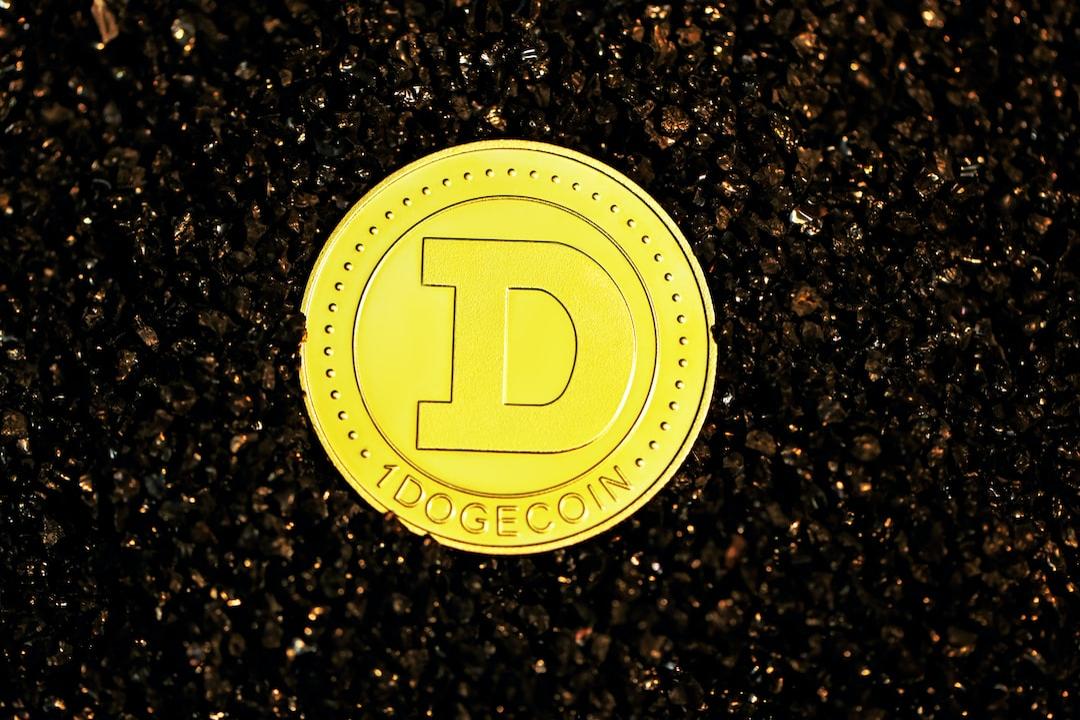Ignore this battle, others will make rules for your money
If you ignore this battle, others will make rules for your money. Most people may not realize that the largest-scale online power struggle in recent years is currently unfolding.
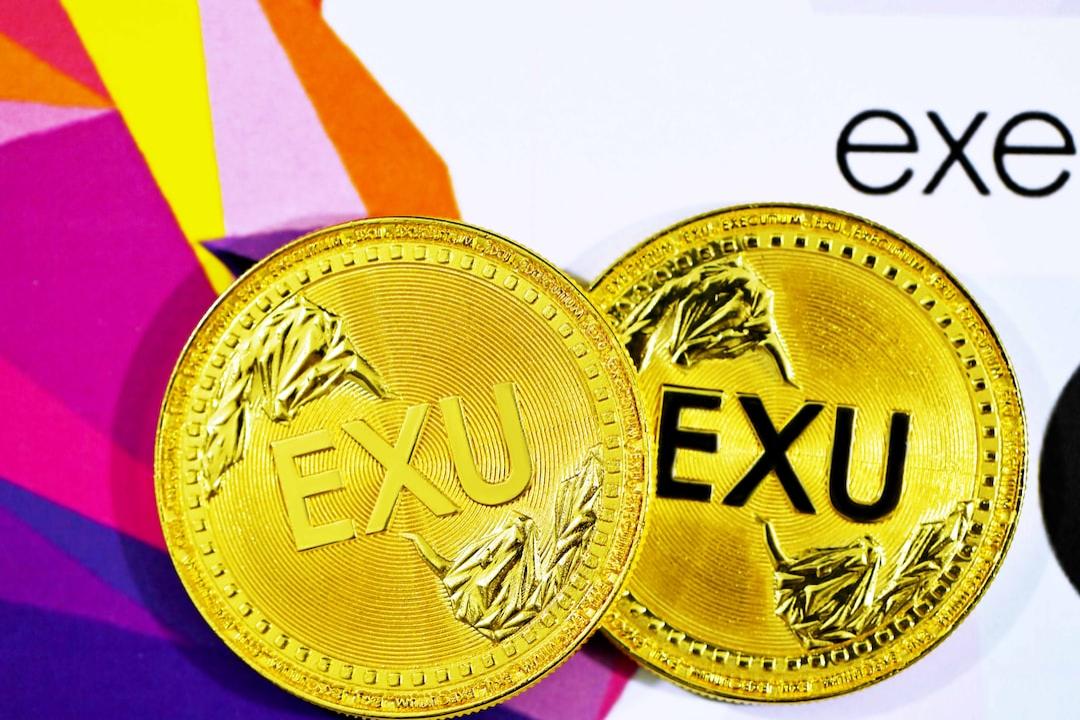
The same script is being staged in the world of digital currencies.
The battle of the stablecoins is a contest between three forces: the current ruler with a vast global empire (Tether’s USDT); the institutional power focusing on structure and compliance (Circle’s USDC); and the disruptive alchemist… the “all-chain” technology and concept itself, which both breaks and threatens the balance between the two sides. This is the story of this conflict, a war for the control of digital dollars that seems to put everything at risk.
All-Chain War: Fighting for the one true dollar
In 2024, an invisible financial empire processed more transactions than Visa. At its core is Tether’s USDT, a kingdom of about $144 billion, but with fatal weaknesses.

Just as Niccolò Machiavelli once said: “If you can see trouble coming, you will be able to deal with it easily; but if you wait until trouble shows up, it will be too late for any remedy, because then there will be no cure… Politics is the same.” Niccolò may not have known stablecoins, but he understood power. Payment traffic data shows that even entrenched dominance can be shaken.

Each chain is like a checkpoint; the dollar flows between chains as if manually loading cargo containers for transport. This fragmentation is a vulnerability, and in the crypto world, vulnerabilities mean competition. A gradient descent war based on incentives; a war for control of the digital dollar itself.
The prize is: becoming the one real, universal, cross-chain dollar. The groundbreaking new report “Stablecoin Payments from the Bottom Up” by Artemis, Castle Island Ventures, and Dragonfly provides real, reliable data. Co-authored by industry veterans including Nic Carter, the report analyzes $94.2 billion in real-world payment traffic from 31 companies, stating that stablecoins have evolved from speculative trading tools to high-traffic global settlement networks.
This is a story of how the stablecoin king launches a war to unify the empire: a new weapon called USD₮₀ (USDT0). USDT is the reserve, USDT0 is the channel.
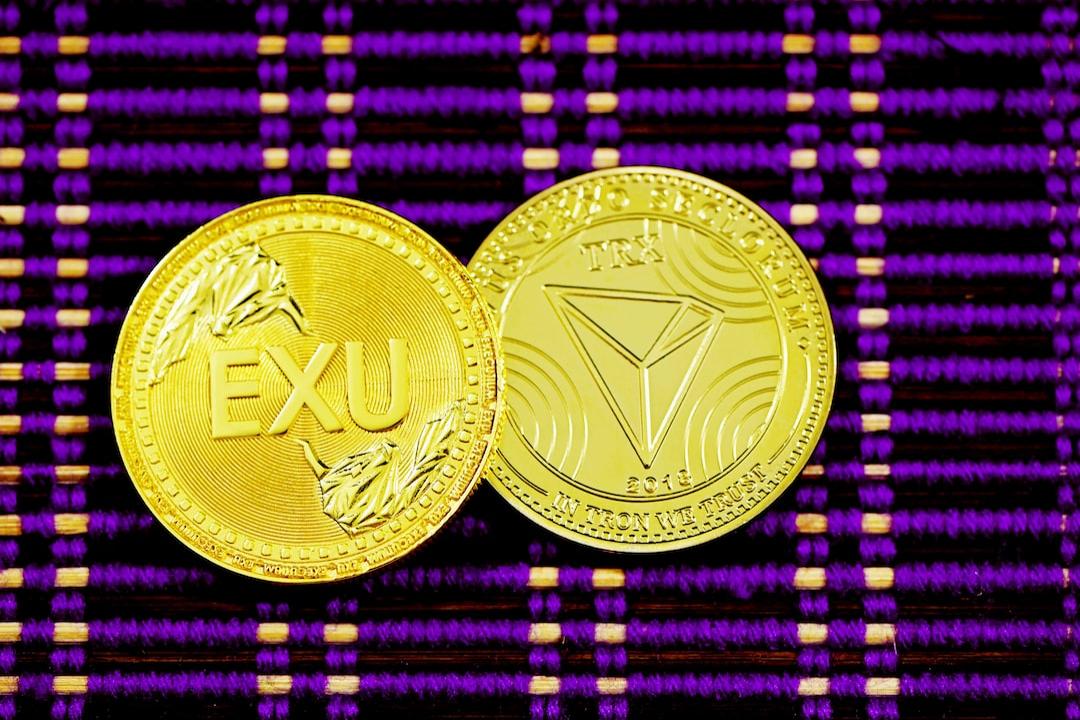
Contestants: a king, a bureaucrat, and an alchemist
The battle of the all-chain stablecoins is a story of strategic games influenced by power philosophy and fully revealed through data.
1. The King: USDT / USDT0
The “Stablecoin Payments” report confirms what many have guessed: Tether’s USDT is the king of the digital dollar and the symbol of the entire royal family. In a large sample of real-world payment data covered by the report, USDT’s market share of transaction volume reaches 90%. These transactions come from streets around the world, not Wall Street. The report reveals that its empire is built on the Tron network, which is considered the most popular payment blockchain and leads by far.

USDT0 is built on Everdawn Labs’ all-chain alternative token (OFT) standards, designed as a clever integration. It allows traditional USDT to be locked in an Ethereum vault while minting an equivalent new, fully replaceable USDT0 on the target chain. It’s a single, standard asset that can circulate anywhere. The market demand for this solution was immediate. In just a few months since its launch in 2024, USDT0 has facilitated over $20 billion in cross-chain transfers.
2. The Bureaucrat: USDC / CCTP
If USDT is the king of the people, then USDC is the long-refined challenger eyeing the throne in the institutional realm. The report confirms that while USDC lags behind, it has solidified its position as second, making its strategic choices increasingly critical. USDC’s strength comes from trust, compliance, and deep connections with traditional finance. Notably, Circle’s recent IPO was very successful.
3. The Alchemist: FRAX
FRAX and other alternatives are “almost non-existent” in the payment report’s dataset. This doesn’t mean failure, but it clarifies their role. Frax is not currently the king of the payment arena; it’s more like an alchemist in the lab, constantly exploring the boundaries of digital dollars and putting pressure on the market, forcing the giants to evolve, or risk being eliminated.

FRAX combines algorithmic response with institutional support, but the memory of UST makes many cautious. Like most closed financial systems that cannot use violence (*FreedomTM), the saying holds true: “In a closed financial domain, money makes the decisions.” Frax USD has now been minted into frxUSD, with a “sacred custodian” appointed by the governance organization.
BUILD by BlackRock, USTB by Superstate, and JTRSY by Janus-Henderson, lock verifiable sovereign debt and cash, minting a token for each dollar locked; the treasury must return the dollar after the token is burned, linking to auditable reserves on the chain. These projects have seen tremendous success so far. How does it work?
Those seeking returns deposit frxUSD into the sfrxUSD vault, which supports a mix of asset-oriented short-term sovereign debt, DeFi arbitrage trades, or AMO market making, leading to rising interest rates while maintaining face value. Long-term investors participate in FXB auctions, exchanging existing FRAX for larger shares at maturity, outlining a native chain yield curve unaffected by external credit risks. Each transaction is visible on Fraxtal, renamed FRAX tokens fuel gas costs and control the entire lab through veFRAX locking.
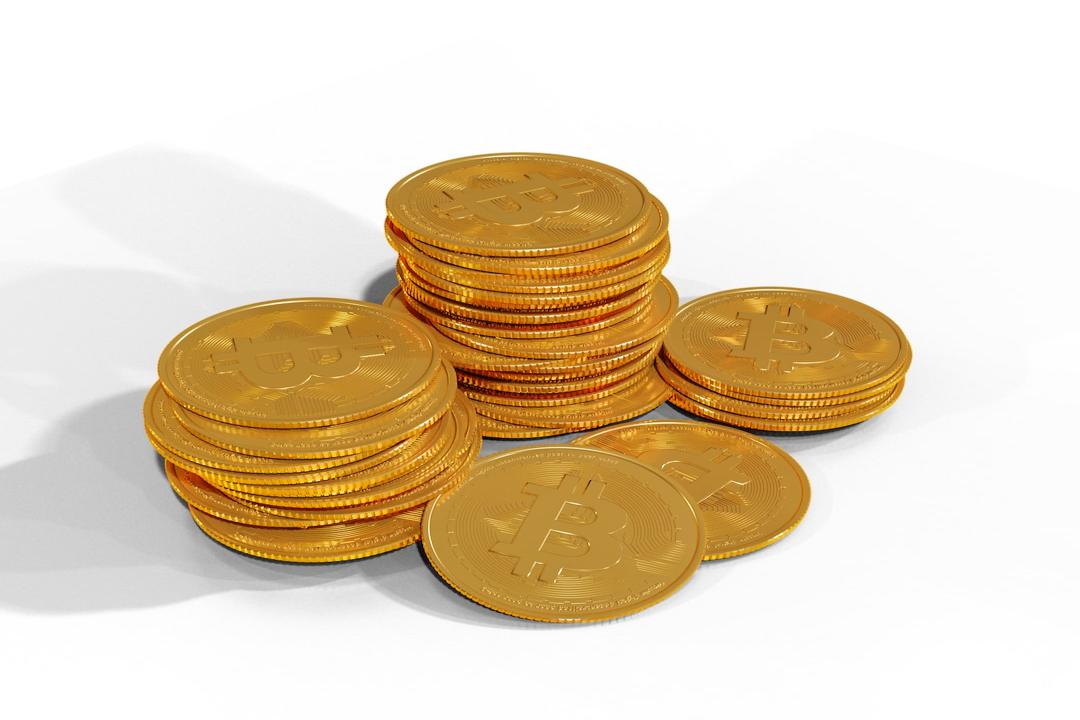
All of this takes place on the Fraxtal L2 chain, with commodity token FRAX (formerly FXS) acting as gas fees and providing an anchor for broader ecosystem governance.
However, each anchored asset will attract its “Soros.” Who will play Soros? Any platform with substantial funds and on-chain leverage. Jump Crypto, Wintermute, or similar institutions fit this pattern. They can borrow large amounts of frxUSD or traditional FRAX, sell it below the anchored price, layer short positions, and then redeem through the custodial vaults that still hold reserves.
Profits come from the price difference between tokens purchased at a discount in the market and the full dollar released upon redemption. If the oracle lags or bridge congestion occurs, the price difference widens. Accumulating veFRAX in calm market periods may accelerate system stress.
While this may be oversimplified, skeptics might say it’s like building a high convexity bond market on a fragile curve. Time will tell, as experiments like this often have incredibly long-term positive impacts. After all, it’s cryptocurrency… until people truly use it, money is just an empty shell. What turns hollow code into everyday currency?
The story of two dollars: the unity of Street Dollar and Enterprise Dollar
The real significance of USDT0 is its ability to connect two very different worlds: the world of Street Dollar and the world of Enterprise Dollar. Nathan’s proposed “value realization hierarchy” framework can better understand this division, as he believes stablecoin users fall into two categories: “those who need stablecoins and those who don’t.”
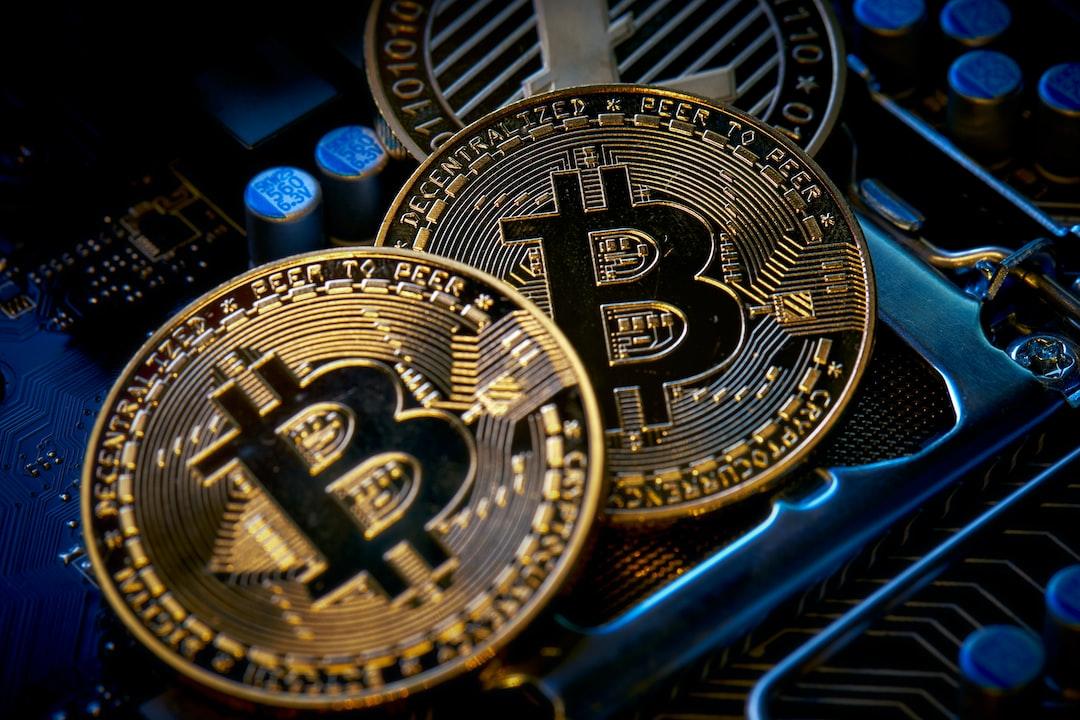
Street Dollar is the survival path of USDT. Bolivian freelance designer Ana uses it to combat over 100% annual inflation. Lagos small business owner David uses it to pay Chinese suppliers, bypassing strict central bank forex controls. For them, USDT is a practical tool. As explained by Nathan, for users in these emerging markets, “the permissionless nature of stablecoins is a transformative unlocking.” It gives them a way to use stable currency that was unimaginable before. This is Tron’s economic model, the “Stablecoin Payments” report shows that the balance of USDT held by over 52 million addresses is less than $1,000.
As Paolo Ardoino (Tether CEO) elaborates, digital dollars will fill the market gap left by fiscal policy impotence and corruption. Permissionless is indeed permissionless. Trust gives value; true, sustained adoption is earned.
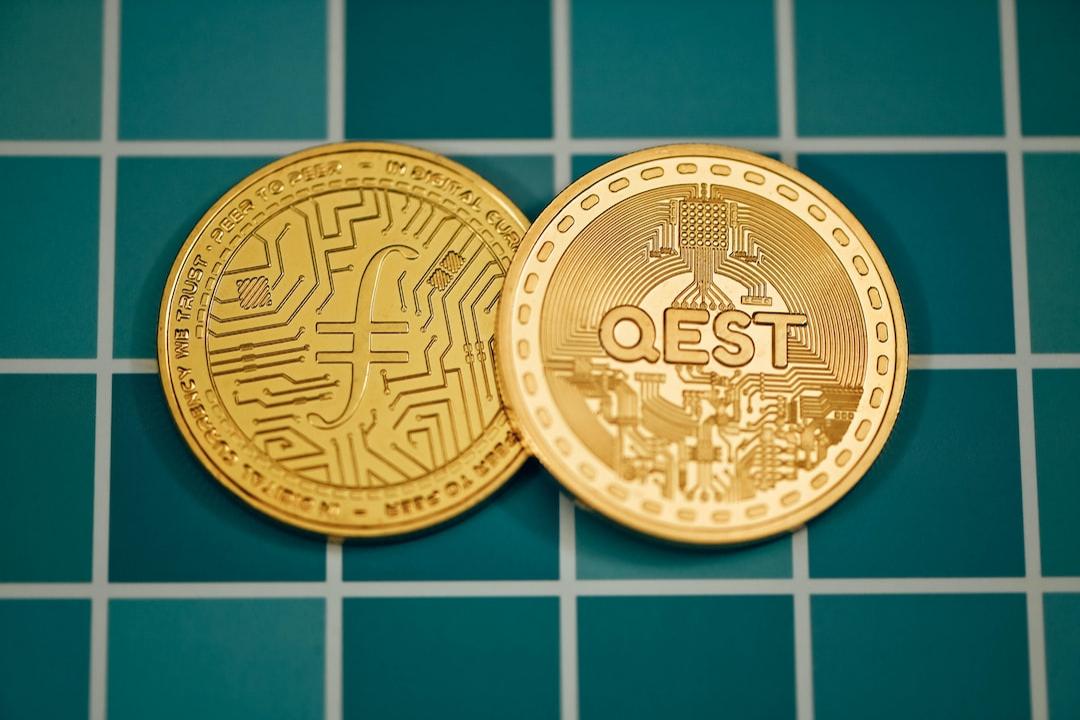
Enterprise Dollar is the opportunity of USDT. It is Ethereum

